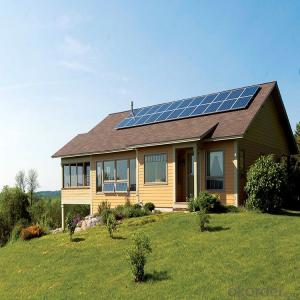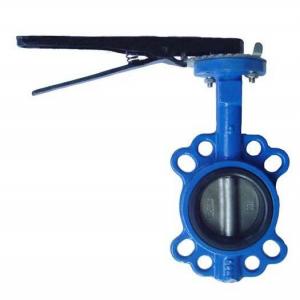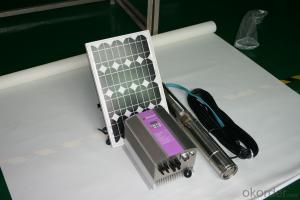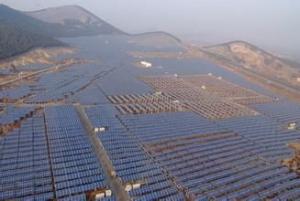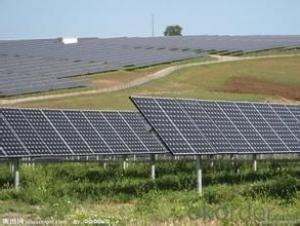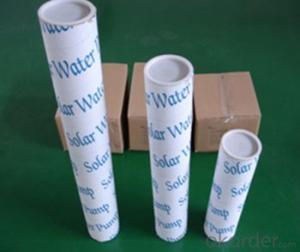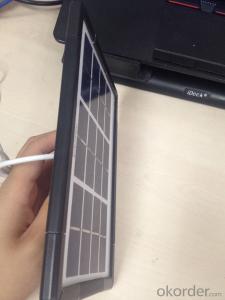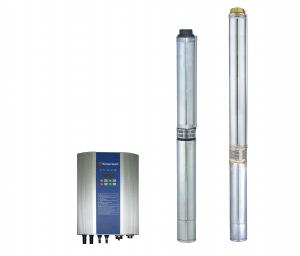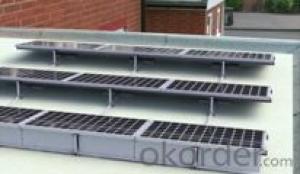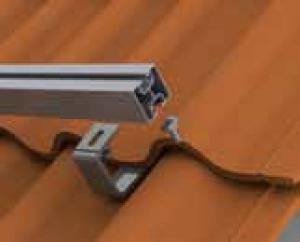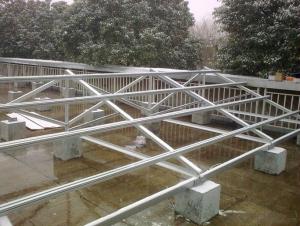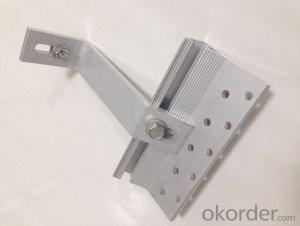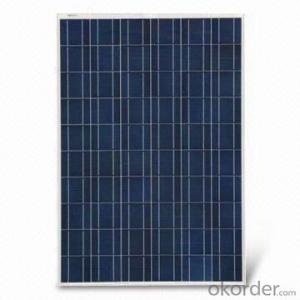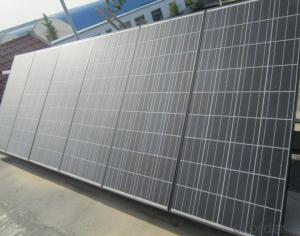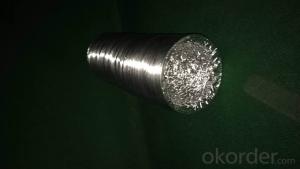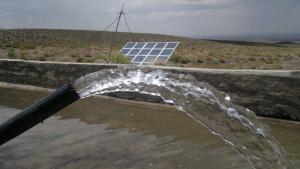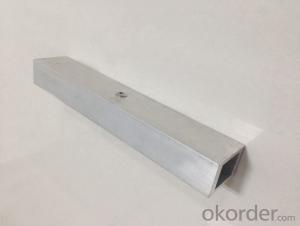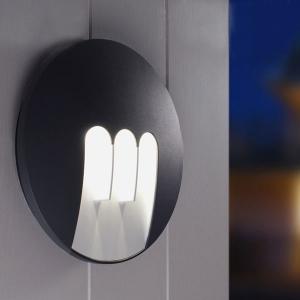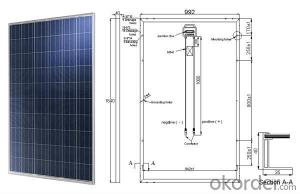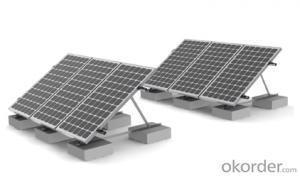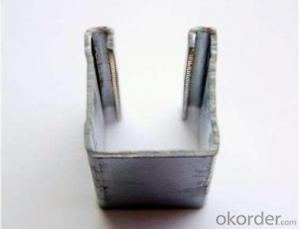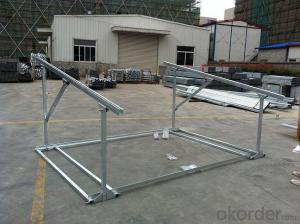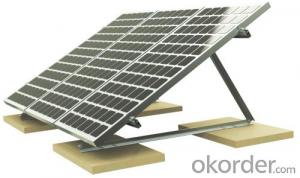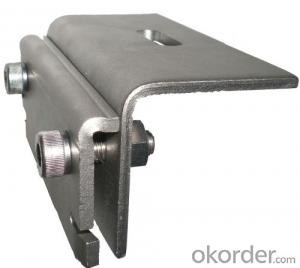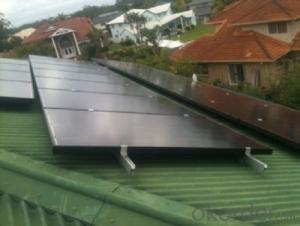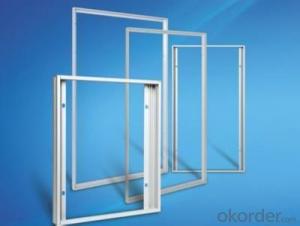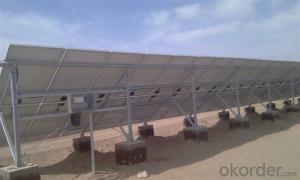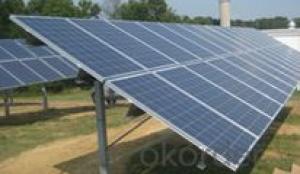Renusol Solar Mounting Systems
Renusol Solar Mounting Systems Related Searches
Best Place To Buy Solar Cells Attaching Solar Panels To Roof Solar Power Energy Systems Solar Inverter 12v To 240v Solar Direct To Inverter Connect Solar Inverter To Wifi Convert Ups To Solar Inverter Solar To Inverter Connection Solar To Inverter Lg Micro Inverter Solar PanelsHot Searches
Solar Inverter Mounting Board Solar Inverter Systems Solar Inverter Mounting Board Solar Inverter Systems Solar Items Wholesale Solar Inverter Systems Best Place To Buy Flashlights Cost To Install Frp Panels I Want To Buy A House Cost To Hire Scaffolding Cheapest Place To Buy Plywood Medical Supply Store Close To Me Cost To Aerate Lawn Cheapest Place To Buy Kerosene Cost To Install Hardwood Floors Cost To Refinish Hardwood FloorsRenusol Solar Mounting Systems Supplier & Manufacturer from China
Okorder.com is a professional Renusol Solar Mounting Systems supplier & manufacturer, offers integrated one-stop services including real-time quoting and online cargo tracking. We are funded by CNBM Group, a Fortune 500 enterprise and the largest Renusol Solar Mounting Systems firm in China.Hot Products
FAQ
- Yes, a solar mounting system can be used with micro-inverters or power optimizers. These components are designed to optimize the performance of individual solar panels, and they can be easily integrated into a solar mounting system to enhance the overall efficiency and output of the system.
- Yes, a solar mounting system can be used with solar-powered signage. The solar mounting system provides a secure and efficient way to install solar panels, which are necessary for powering solar signage. This system ensures proper positioning and stability of the panels, maximizing their exposure to sunlight and optimizing their power generation capabilities.
- Yes, there are specific requirements for pump or irrigation system integration when using a solar mounting system. These requirements mainly include ensuring compatibility between the solar mounting system and the pump or irrigation system, as well as proper electrical wiring and grounding to ensure safe and efficient operation. Additionally, it is important to consider factors such as the power requirements of the pump or irrigation system and the capacity of the solar panels to generate sufficient electricity for their operation.
- What are the hidden dangers of solar PV systems? It is best to classify, such as stents, inverters.
- If the installation is very remote no man's land, it is recommended to purchase enough to buy the brand and good quality equipment, maintenance and repair costs are high.
- Yes, a solar mounting system can be used with solar-powered remote monitoring systems. The solar mounting system provides a secure and stable platform for installing solar panels, while the solar-powered remote monitoring system allows for real-time data collection and analysis of the solar panels' performance. By combining these two systems, it is possible to efficiently monitor the output and functionality of solar panels in remote locations.
- Yes, there are specific requirements for installing a solar mounting system on the ground. Some of the key requirements include having a suitable and stable ground or soil for the installation, ensuring proper sunlight exposure for maximum energy generation, complying with local building codes and regulations, obtaining necessary permits and approvals, and following manufacturer's guidelines for installation and maintenance. Additionally, factors like wind load, snow load, and seismic activity in the area may also influence the specific requirements for the installation of a ground-mounted solar system.
- Yes, a solar mounting system is designed to withstand extreme weather conditions. It is built to be durable and able to withstand high winds, heavy snow loads, and intense heat. The materials used in the system, such as aluminum or steel, are chosen for their strength and resistance to corrosion. Additionally, solar mounting systems are often tested and certified to meet industry standards for durability and performance in various weather conditions.
- One disadvantage of using a roof-mounted solar system is the potential for damage to the roof during installation or maintenance. The installation process may require drilling holes into the roof, which can compromise its structural integrity and lead to leaks or other issues. Additionally, accessing the solar panels for cleaning or repairs may require working at heights, posing a safety risk for homeowners or maintenance workers. Furthermore, roof-mounted systems are often limited by the available roof space and orientation, which can affect their efficiency and overall energy production. Finally, if the homeowner decides to move, removing the solar panels and re-installing them on a new roof can be time-consuming and costly.





